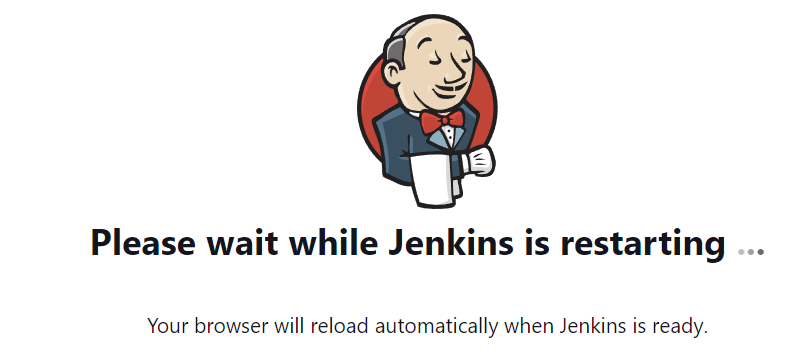In this tutorial, we will learn the various methods that you can use to restart the Jenkins server on Linux.
We tested this tutorial on the latest version of Jenkins and Debian 11 server. Feel free to replicate a similar environment.
Restarting Jenkins from the Jenkins Instance
One method that you can use to restart the Jenkins server is using various Jenkins endpoints. Jenkins allows you to navigate to specific URL endpoints to perform some actions such as starting, stopping, and restarting the Jenkins instance.
The accepted commands and endpoints are as shown in the following:
- quietDown – This command allows you to put Jenkins in a quiet mode in preparation for a restart. In silent mode, Jenkins does not start any build (even scheduled).
- cancelQuietDown – This cancels the quiet mode from the Jenkins instance.
- safeExit – The safeExit command puts the Jenkins instance in quiet mode, but it waits for any existing build to be finished before shutting down the instance.
- safeRestart – This command allows the Jenkins instance to complete any existing builds before performing a full restart.
It is good to remember that the commands require permission to execute. You can access these commands by navigating to the Jenkins URL/commandName as shown in the following:
http://localhost:8080/cancelQuietDown
http://localhost:8080/safeExit
http://localhost:8080/safeRestart
http://localhost:8080/restart
http://localhost:8080/exit
To restart Jenkins, navigate to your Jenkins instance URL/restart or safeRestart to perform a force or graceful restart, respectively.
Click “Yes” to confirm and restart Jenkins.
Managing Jenkins via the Remote API
We can also stop or restart the Jenkins instance using the remote API endpoints. The syntax for each command is as provided in the following:
curl -X POST -u <user>:<password> http://localhost:8080/safeRestart
url -X POST -u <user>:<password> http://localhost:8080/exit
curl -X POST -u <user>:<password> http://localhost:8080 safeExit
curl -X POST -u <user>:<password> http://localhost:8080/quietDown
curl -X POST -u <user>:<password> http://localhost:8080/cancelQuietDown
You can also use wget instead of CURL, as shown in the following example:
$ wget --user=<user> --password=<password> http://localhost:8080/safeRestart
$ wget --user=<user> --password=<password> $ http://localhost:8080/exit
$ wget --user=<user> --password=<password> http://localhost:8080/safeExit
$ wget --user=<user> --password=<password> http://localhost:8080/quietDown
$ wget --user=<user> --password=<password> http://localhost:8080/cancelQuietDown
NOTE: Depending on the system configuration and the security measures, you may need to provide the Jenkins Crumb Header in your request. Check the documentation to learn more about that.
Managing the Jenkins Server via CLI
You can also use the Jenkins CLI to start, stop, or restart the Jenkins server. The commands are as follows:
java -jar jenkins-cli.jar -s http://localhost:8080/ safe-restart
java -jar jenkins-cli.jar -s http://localhost:8080/ shutdown
java -jar jenkins-cli.jar -s http://localhost:8080/ safe-shutdown
java -jar jenkins-cli.jar -s http://localhost:8080/ quiet-down
java -jar jenkins-cli.jar -s http://localhost:8080/ cancel-quiet-down
Managing the Jenkins Server via Systemd
You can also use the systemd commands to start, stop, or restart the Jenkins service as shown in the following:
$ sudo service jenkins stop
$ sudo service jenkins restart
For systemctl, run the following command:
$ sudo systemctl stop jenkins.service
$ sudo systemctl restart jenkins.service
There you have it!
Conclusion
You came across four main methods that you can use to start, stop, or restart the Jenkins service.

